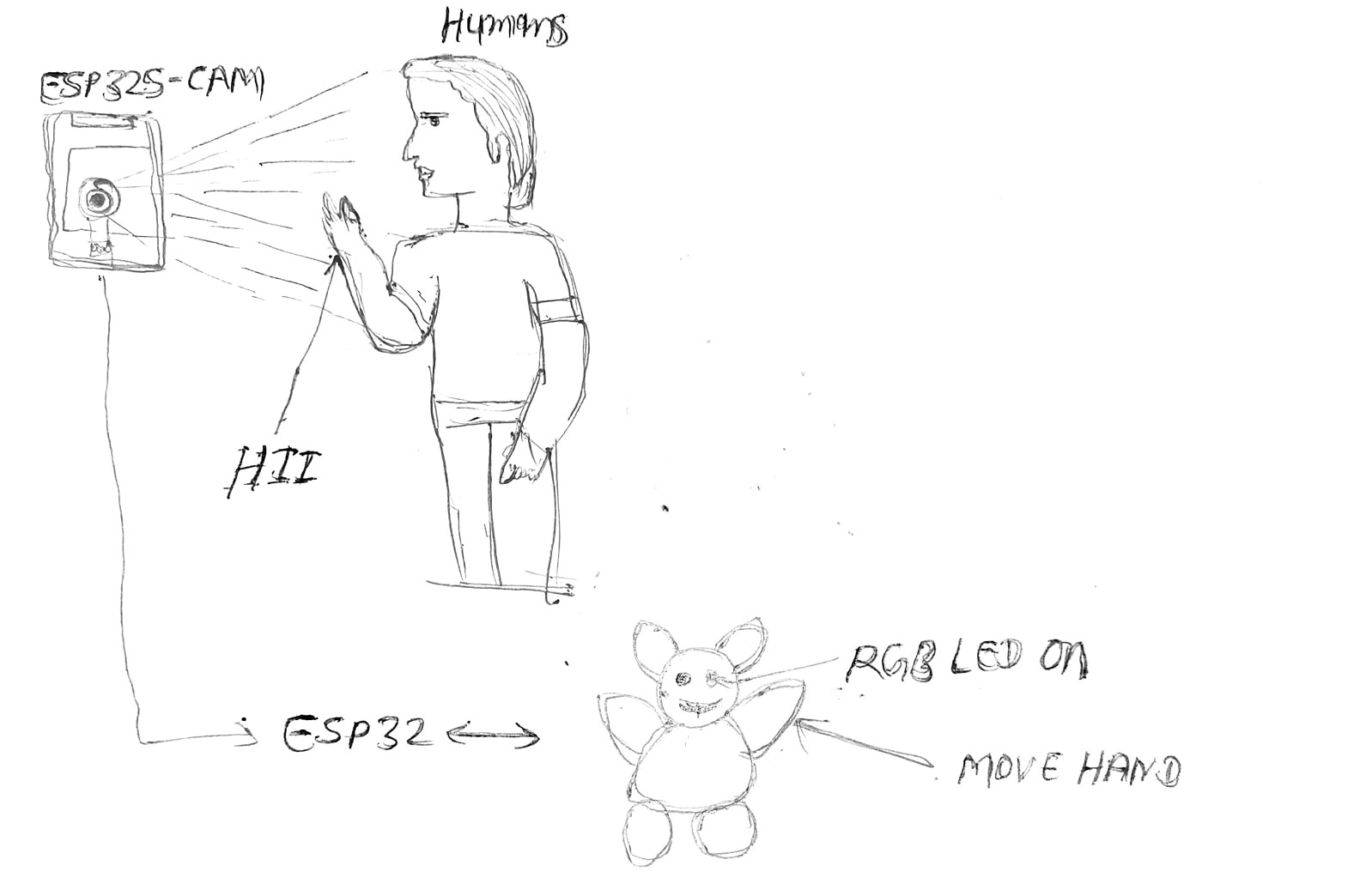
 |
 |
The PandaX project's primary goal is to develop an AI-powered, interactive panda that reacts to human emotions and behavior.It will recognize speech inputs, gestures, and facial expressions using IoT-based technology and enhanced vision to provide intelligent responses.By creating an enjoyable and captivating experience, this project seeks to improve human-computer interaction.
Children are particularly fond of pandas.Children are drawn to it because of its charming and innocent appearance.Children can readily relate to Panda as a peaceful, amiable, and amusing teaching figure.The panda has been selected for this project as an interactive companion to help kids find learning engaging and enjoyable.In addition to providing children with entertainment, it will support their intellectual and emotional growth.
Our organization works for women empowerment and education. We run Digital Community Schools (DCS) in different parts of India to provide free education to children from underprivileged communities who are unable to attend regular schools.
The goal of the PandaX project is to support this mission by making learning more interactive and fun. PandaX will be used in these schools to engage children through emotion-based interaction. It will respond to their emotions and voice commands, helping them learn, play, and express themselves in a joyful way. This smart panda will become a friendly digital companion for students, making the classroom environment more exciting and supportive.
As mentioned earlier, our Digital Community Schools (DCS) provide free education to children from underprivileged backgrounds. Most of the students in our schools are from classes 1 to 5. At this age, children need something fun and engaging to keep their interest in learning alive. If the environment is interactive and enjoyable, they are more likely to attend regularly and stay motivated to learn.
This made me think — what if I could create something that combines education with entertainment? That’s when the idea of PandaX came to my mind. I realized this project could play an important role in making learning more enjoyable for young children.
In the future, I would like to enhance this project further by adding new features such as Google Voice Assistant integration and other smart functionalities. These additions will not only make the panda more interactive but also turn it into an engaging learning companion for children. By listening to the child's voice and providing instant responses through a speaker, the panda will help spark curiosity and increase interest in learning. The goal is to create a fun, interactive, and educational environment where children can both enjoy and learn at the same time.
 |
| Component | Quantity | Price (USD) | Total (USD) |
|---|---|---|---|
| RB LED | 2 | 0.089 | 0.178 |
| ESP32-CAM Module | 1 | 13.99 | 13.99 |
| MG99 Servo Motor | 3 | 4.49 | 13.47 |
| 16x2 LCD Display (I2C) | 1 | 3.00 | 3.00 |
| Sound Detection Sensor | 1 | 2.44 | 2.44 |
All the prices shown are in USD and based on Amazon listings. Prices may vary depending on whether we buy the items individually or in a package. vBuying in a package/set is sometimes cheaper than purchasing each part separately. Also, prices can fluctuate at any time, so these are just estimated costs.
